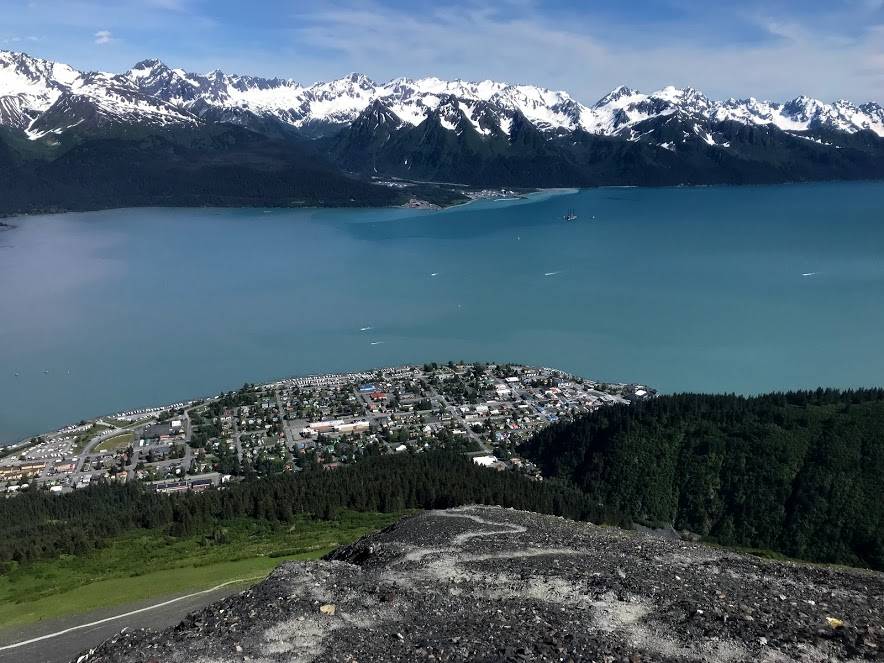The city of Seward is looking to emulate the Alaska SeaLife Center and heat city buildings using seawater from Resurrection Bay.
With the approval of an ordinance at last night’s council meeting, Seward can now accept a $725,000 grant from the Alaska Energy Authority to design and construct a ground source heat pump similar to the one used by the Alaska SeaLife Center, located in Seward.
The pump will draw heat from Resurrection Bay for the Seward Community Library, City Hall Annex, City Hall and Fire Hall for an estimated savings of $25,000 a year.
The ordinance also authorized a city match of $156,497, which Seward’s Interim City Manager Jeff Bridges said will come from in-kind contributions, for a total project cost of $882,497.
“This has been a topic of conversation for quite a while, from my understanding,” Bridges said during Monday’s council meeting. “That ($156,497) may not be what we fully spend. We will use in-kind contributions to offset some of those actual cash requirements but we’d like to get this project moving and the next step officially is to accept the grant.”
The first step was taken in 2015, when the city drilled a test well on the waterfront to see if using geothermal technology from the bay was even possible. The tests were favorable, spurring the grant award from the state.
Seward hopes to implement this technology and continue exploration of renewable energy, potentially expanding past the four city buildings.
The Alaska SeaLife Center first installed a heat pump energy system in 2011 and has been operating with 98 percent renewable heat since about 2016, totaling savings of about $15,000 a month according to the SeaLife Center.
“The Alaska Sea-Life Center has experienced tremendous success with their heat loop system and the City wishes to utilize newer, advanced technologies that will significantly reduce the cost of heating our City facilities,” Bridges said in a memo to the council.
That success, according to Alaska SeaLife Center Operations Director Caryn Fosnaugh, stems from the SeaLife Center’s continued ability to reduce their energy usage. Inside the aquarium, electric pumps push seawater from Resurrection Bay through a heat exchanger.
“Heat pumps essentially convert wasted energy into useable hot water,” Fosnaugh said. “The energy being used is coming from the energy it takes to heat the water from Resurrection Bay. It comes into the system and then the heat pumps heat the water.”
The heat emanating from that water, which is mixed with glycol and heated to 194 degrees, is then blown throughout the Alaska SeaLife Center, heating the building, the pavement outside and the viewing decks on the habitats.
“It seems really exciting,” said Seward City Council member Kelly Lane,” and its been really great for the SeaLife Center, so let’s try it.”
Kat Sorensen can be reached at ksorensen@peninsulaclarion.com.
By Kat Sorensen, Peninsula Clarion

